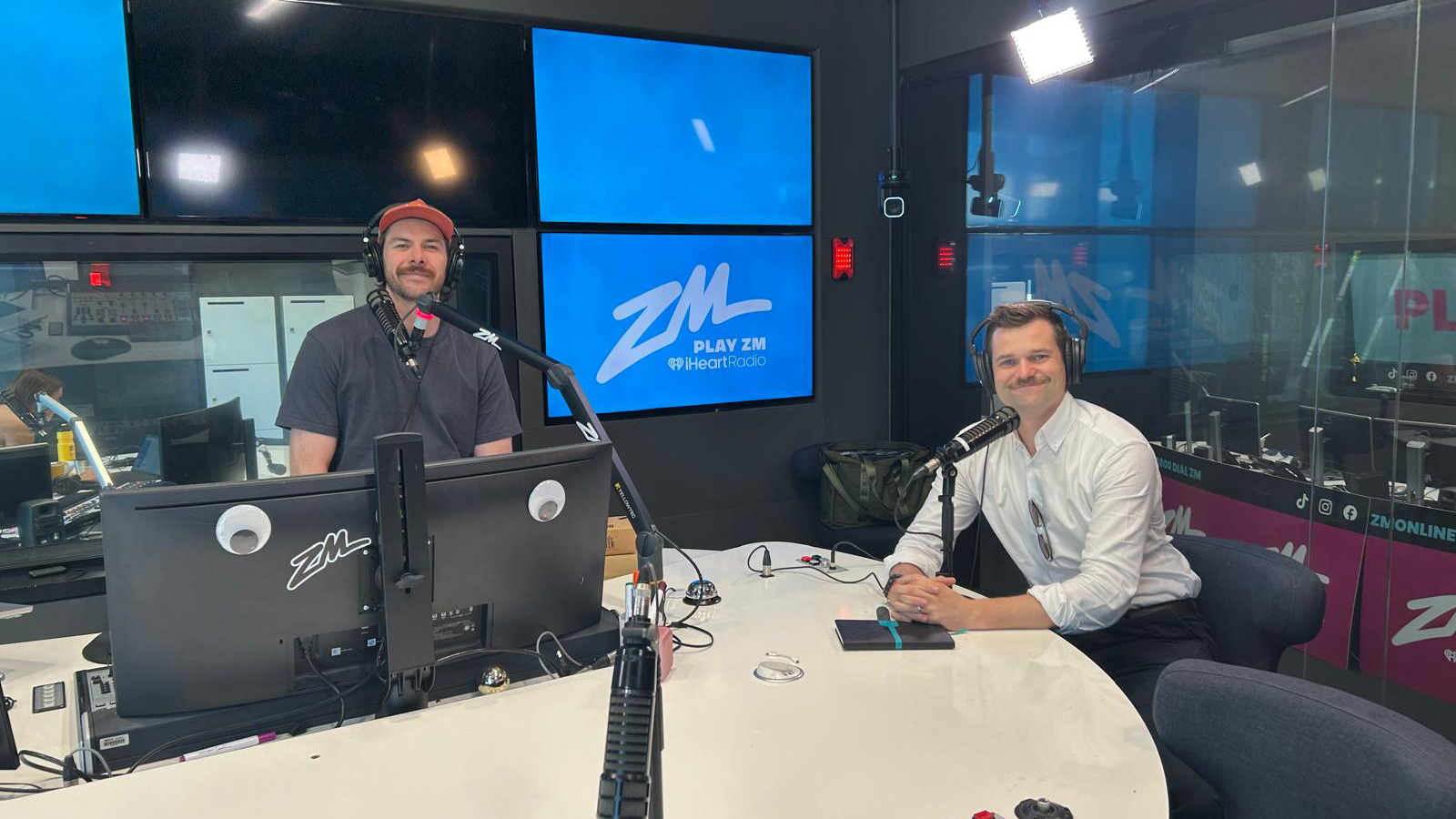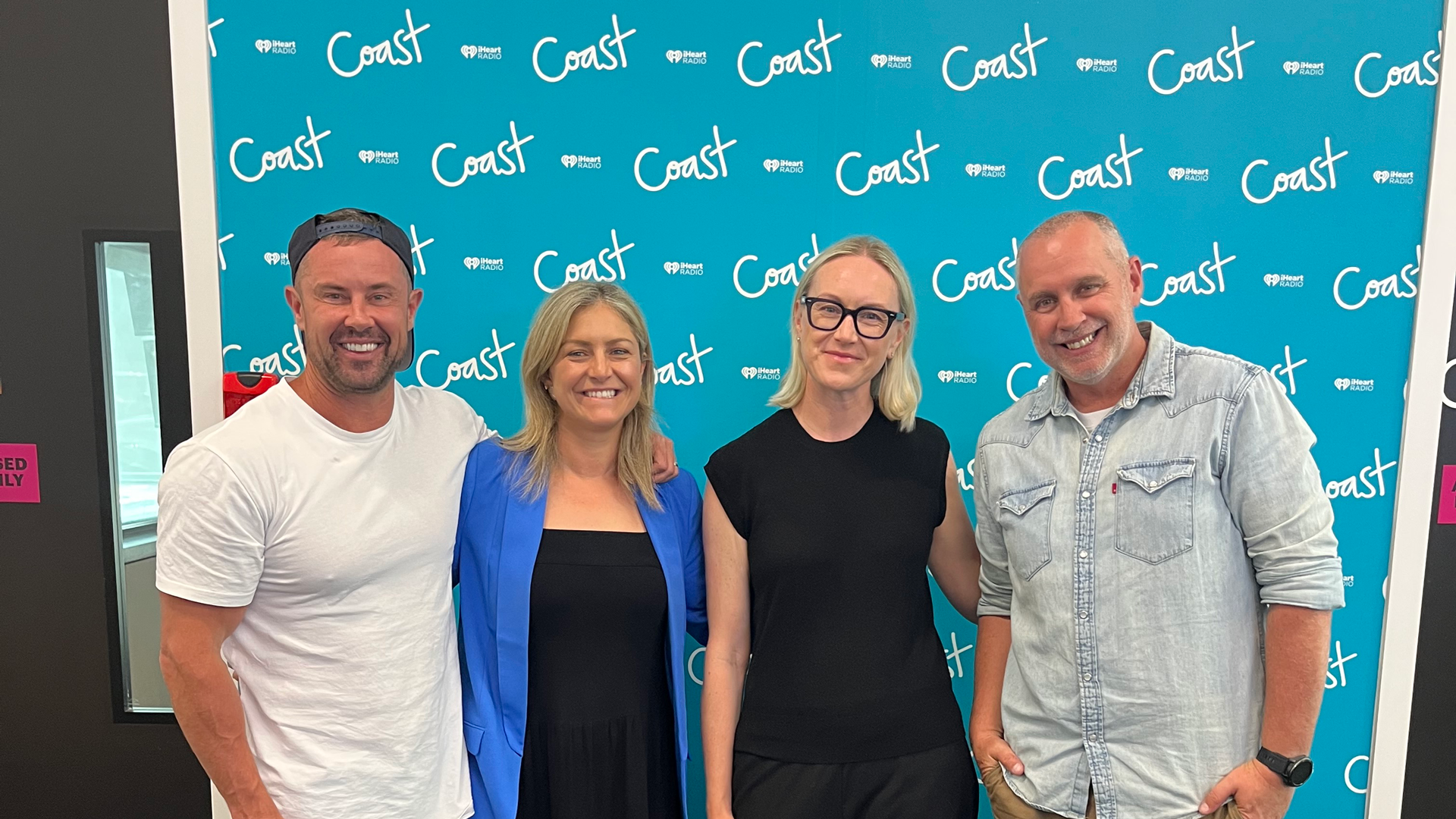This article was first published in NZ Herald on 21 Aug 2023
Seven big misconceptions keeping people from investing.
Myths can be fun – but they can also be misleading. Here Murray Harris, Head of KiwiSaver at Milford lists the major, mistaken barriers that dissuade people from investing.
To paraphrase former USA President John F. Kennedy: The great enemy of the truth is very often not the lie…but the myth: persistent, persuasive and unrealistic.
Perhaps nowhere is that more accurately played out than in the broad field of financial investment – and I’ve isolated seven of the most common myths that persistently persuade many people, who would otherwise benefit from investing, not to try it. It’s everything from “I need a lot of money to be an investor” through “it costs too much” to “all KiwiSaver providers are basically the same”.
The over-arching truth? History shows share markets go up and they go down in value. However, history also shows that, over the long-term, the value of money invested in share markets tends to go up and, with ongoing contributions, plus the power of compound returns, share-based investments can grow exponentially.
So below are seven myths which are, as JFK said, the “unrealistic” barriers to investing. To help overcome these barriers, Milford’s suite of easily-accessed, intuitive, digital tools can be used. They help investors understand everything from setting investment goals, understanding their risk profile, receiving financial advice and tracking an investment’s performance.
Myth 1: Investing is too risky
Investing will always carry some level of risk, as there can be no guarantee that your investment won’t lose value. However, the potential for earning a higher return over time from KiwiSaver or Investment Funds can be greater than the potential return from a savings account at a bank or a term deposit.
Successful investing is about managing risk, not avoiding it. Understanding the relationship between risk and return is one of the most important principles of investing. In general, growth funds, which invest primarily in riskier assets like shares and property, should produce higher returns over the long-term than conservative funds, which invest mainly in less risky assets like cash and bonds. It is important to consider your investment goals, risk tolerance, and time horizon before making investment decisions.
Myth 2 – Professional financial advice is too expensive
There’s a misconception that financial advice is only for the wealthy – when advice is more accessible now than it’s ever been. That’s because technology has levelled the playing field, enabling more people to access free digital advice tools anywhere, anytime, on any device. Many KiwiSaver providers also provide access to a financial adviser at low or no cost. Most people want to be able to retire on their terms. Getting advice on your terms and ensuring you’re saving and investing in the right way can really help.
Myth 3 – The markets are too volatile to invest
Volatility can create buying opportunities. You may have heard the old investing adage, buy low and sell high. If investors continue to invest through periods of market declines (volatility), they can essentially buy when prices are lower. For example, if the units in your investment fund or KiwiSaver fund are valued at let’s say, $1.00, then you will get 1 unit for every $1 you invest in the fund. If markets decline in value by 10% and your fund’s unit price also falls by 10% then your fund’s unit price would fall to 0.90 cents. Now, every $1 you invest will buy more units, because the unit price is lower. You will get 1.1 units rather than 1 unit. Essentially you are getting more units for your money – it’s similar to markets being ‘on sale’.
Volatility should be less of a concern for long-term investors – the investments have more time to ride out short-term market fluctuations and take advantage of buying opportunities.
Myth 4 – KiwiSaver is merely a savings account
Yes, contributing to your KiwiSaver account is a form of saving – but don’t be misled. KiwiSaver contributions are invested into a KiwiSaver Fund, which invests in financial assets like shares and bonds. Specific investments held in a particular KiwiSaver Fund depend on the fund manager’s strategy and the objectives the fund aims to achieve.
So KiwiSaver should be considered an investment, as it involves investing money with the goal of potentially earning a return. For many, KiwiSaver will become one of their most valuable assets, so it is vital to make sure it is managed by trusted people, specialists at investing, who will do their best to make the most out of it.
The management of an investor’s KiwiSaver account can quite literally mean the difference of thousands of dollars at retirement. Do the research – and make a change if you think your investment could be doing better.
Myth 5 – All KiwiSaver providers are pretty much the same
Not all providers are the same; they vary from big banks to specialist investment companies. The investment strategies, investment expertise, the track-record of returns of the funds and the fees can all vary, so choosing the right KiwiSaver provider and fund can make a difference at retirement.
The Milford KiwiSaver Plan Conservative, Balanced and Active Growth Funds have been the number one performer in their respective KiwiSaver Fund category over the last 10 years according to Morningstar’s latest independent KiwiSaver survey*, delivering consistently strong performance through a range of market conditions. Milford has also been named Consumer NZ People’s Choice KiwiSaver 8 years in a row.
Myth 6 – I need a lot of money to be an investor
It is generally a good idea to start investing as early as possible, even with only a small amount of money. Starting early gives investments more time grow and to experience what’s been called the eighth wonder of the world – compound returns on the money invested. Plus, investing helps develop good financial habits that can benefit people throughout their lives.
You can generally start a KiwiSaver account with no upfront investment, and you can start an Investment Fund with a relatively small amount. Investing in a KiwiSaver Fund or an Investment Fund with Milford brings access to a professionally managed diversified portfolio, actively managed on the investor’s behalf by an expert investment team with a history of delivering strong results.
Not sure where to start? Try our handy Digital Advice Tools to help you choose the best Milford KiwiSaver Plan and Milford Investment Fund for you based on your investment objectives and your tolerance for risk.
Myth 7 – Investing is too complicated and time-consuming
Investing can be as simple or complex as you make it depending on your personal goals and preferences. If you are starting out, investing in a KiwiSaver fund and/or an investment fund with a professional fund manager is a good place to start. With an actively managed Milford Fund, investment experts do all the heavy lifting and detailed work – investors just need to choose a Fund that matches their goals, tolerance for risk and time frames, and then let our experts do the rest.
*Source: Morningstar quarterly KiwiSaver Survey found at morningstar.com.au/insights/topic/kiwisaver-survey
This article does not take into account your investment needs or personal circumstances. It is not intended to be viewed as investment or financial advice. Past performance is not a reliable indicator of future performance. Investment involves risk and returns can be negative as well as positive. Milford Funds Limited is the issuer of the Milford KiwiSaver Plan and Milford Investment Funds. Please read the relevant Milford Product Disclosure Statement at milfordasset.com. Before investing you may wish to seek financial advice. For more information about our financial advice services please visit milfordasset.com/getting-advice.


